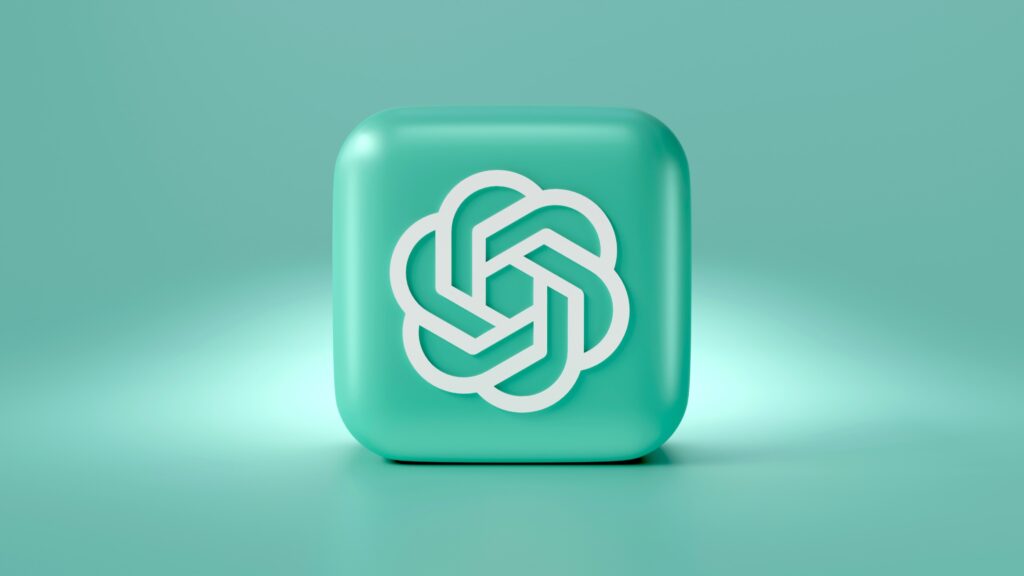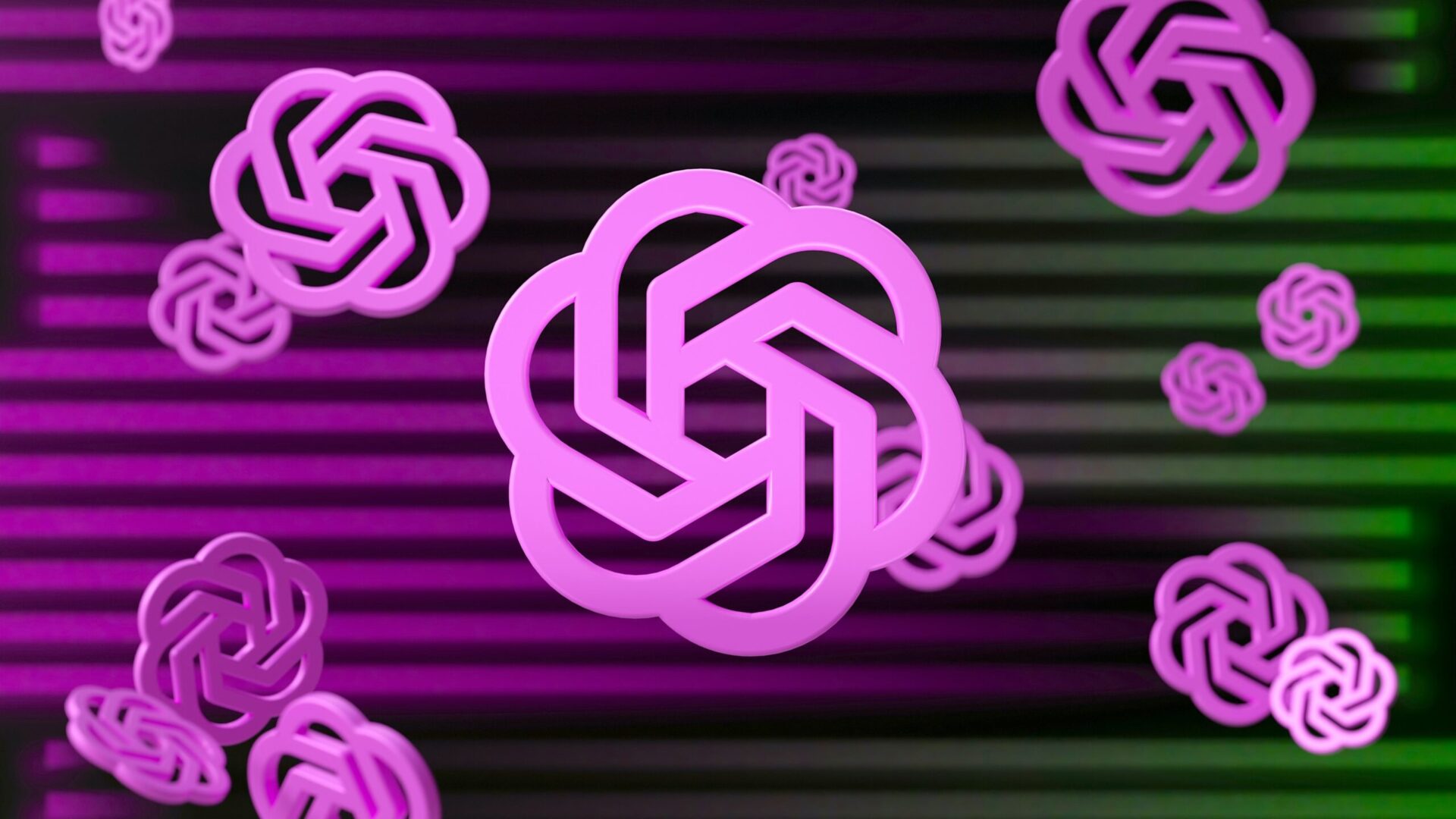Language models have revolutionized the way we interact with technology, and one of the most prominent examples is ChatGPT. In this article, we will delve into the intricacies of ChatGPT, understand how it works, and review its impressive capabilities. As language models continue to evolve, ChatGPT stands as a testament to the power of artificial intelligence in understanding and generating human-like text.
Understanding ChatGPT
ChatGPT has a fascinating history and development process. Built upon the foundations of neural networks and natural language processing, it has undergone extensive training to comprehend and generate coherent text. Its underlying architecture allows it to analyze context, understand user queries, and engage in meaningful conversations. Key features of ChatGPT include its multilingual support, integration of knowledge and data, and the ability to personalize and customize responses.
Capabilities of ChatGPT
ChatGPT excels in several areas, making it an invaluable tool in various applications. Its language comprehension is remarkable, enabling it to understand complex queries and context. It can grasp nuances and subtleties in language, providing responses that align with the intended meaning. Furthermore, ChatGPT’s language generation abilities are impressive, allowing it to produce coherent and contextually relevant responses. It excels in handling open-ended questions and prompts, fostering engaging and interactive conversations. The versatility and adaptability of ChatGPT make it useful for a wide range of tasks and domains. With continuous learning and user feedback, it constantly improves its performance, making it an even more valuable resource.
Ethical considerations and mitigating biases are important aspects of ChatGPT’s development. Efforts are made to address potential biases in generated content, ensuring fairness and inclusivity. Responsible usage and ethical guidelines are promoted to mitigate the risks associated with AI-generated text.
Use Cases and Applications
ChatGPT has found applications in various domains. In customer support and chatbots, it can provide instant assistance and handle customer queries effectively. Content creation and writing assistance are areas where ChatGPT shines, offering suggestions, generating ideas, and improving overall writing quality. Its language translation and interpretation capabilities make it a valuable tool for breaking language barriers and facilitating communication. Educational and learning tools benefit from ChatGPT’s ability to provide explanations, answer questions, and engage students in interactive discussions. Personal productivity and organization are enhanced through its support in managing tasks, scheduling, and reminders. Moreover, ChatGPT has proven valuable in creative projects and brainstorming sessions, offering fresh perspectives and creative input.
Limitations and Challenges
While ChatGPT has impressive capabilities, it does have limitations. Contextual limitations and misunderstandings can occur, leading to inaccurate or irrelevant responses. Additionally, ChatGPT heavily relies on its training data, which may introduce biases or limitations in certain contexts. Maintaining user privacy and data security are critical considerations to ensure trust and protection. Furthermore, over-reliance on ChatGPT and potential misuse must be carefully monitored to avoid misinformation or unethical use.

Wrapping It Up
ChatGPT represents a significant advancement in language models and their potential applications. Its capabilities in language comprehension, generation, and adaptability make it a powerful tool across various domains. However, it is important to consider the limitations and challenges associated with ChatGPT and actively work towards responsible usage and improvement. As language models continue to evolve, ChatGPT paves the way for more natural and intuitive human-computer interactions, pushing the boundaries of AI innovation while respecting ethical considerations.








